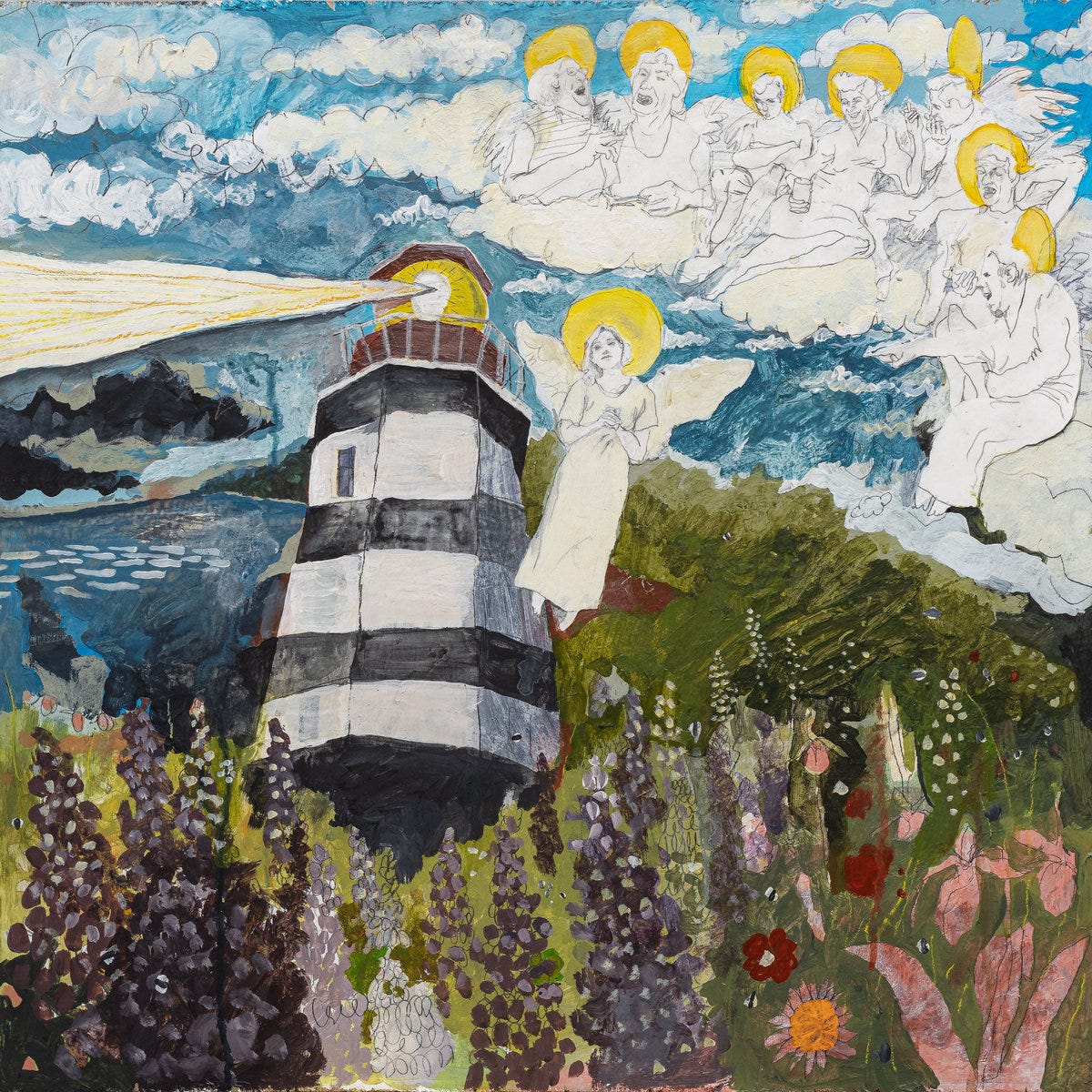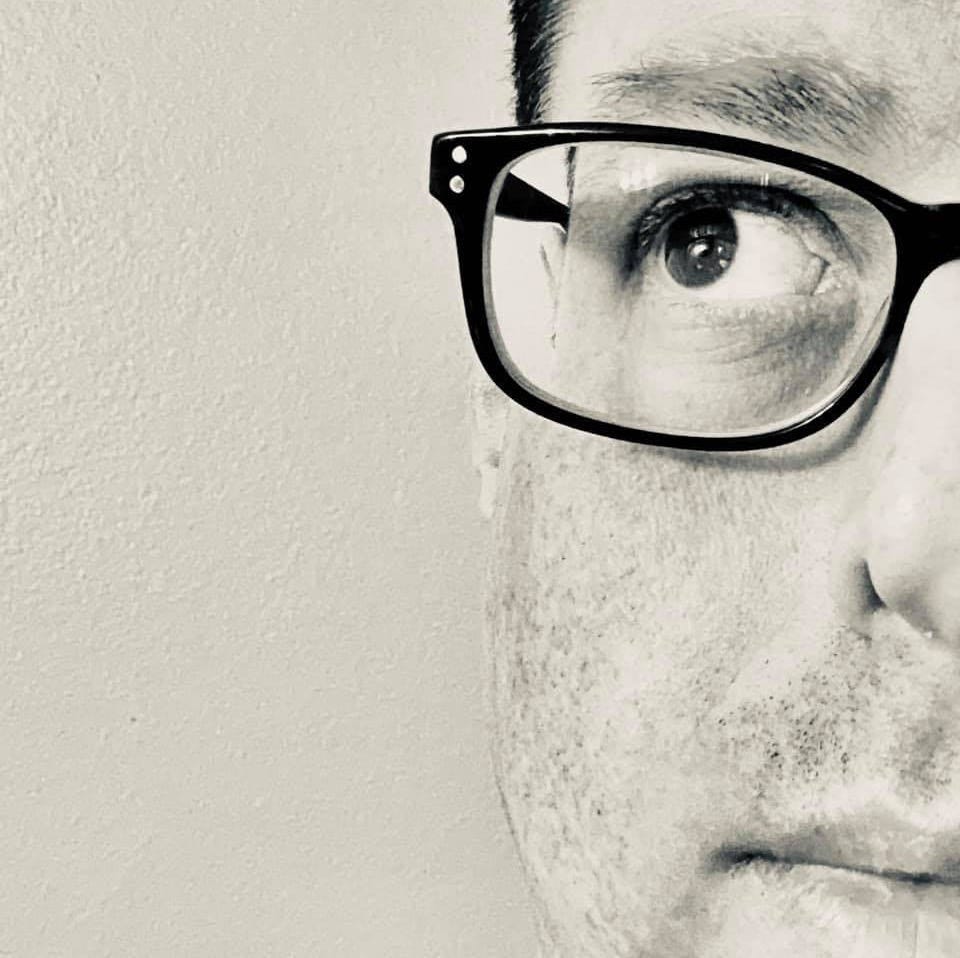If there is anything I’ve learned about the creative process from writing about music over the last two decades or so, it is that art and inspiration are not linear. Admittedly, that’s not a profound observation, but it’s one most tend to forget easily. An artist’s chronological discography belies the impact and influence of their personal relationships and events in the world around them in shaping how their art manifests over time. Sometimes that leads to a sense that a musician like Michael Cloud Duguay is following loose threads of inspiration or jumping from idea to idea, when in reality, they are laying the foundation of a career arc that is entering an imperial phase that will make most sense with hindsight and time.
Duguay’s successive releases have consistently left me gob-smacked over the last two years. I’ve well documented my love of The Winter of our Discotheque, 2023’s lost album, Saint Maybe, and 2024’s Succeeder and To Cry Out in the Wilderness from his collective project Scions, and the love extends to Wobbly Yonder, his latest solo release on his independent imprint, Watch That Ends the Night. Wobbly Yonder maps its genesis back to a time well before any of the above-mentioned albums were even a glimmer in Duguay’s steely eyes.
It starts with an unfortunate incident while playing with the Burning Hell at the 2009 Pohoda Festival in Slovakia, where an unexpected storm decimated performance spaces and led to the death of two attendees. Bearing witness to nature’s indiscriminate whims at the festival started Duguay down a personal reckoning and creative path where he immersed himself in understanding the phenomenon of “Föhnkrankheit,” an illness experienced by people exposed to a dry and warm wind that occurs on the downwind side of a mountain range called a foehn (similar types of unexplainable illnesses are experienced by people living in specific regions around the world, like a mystery brain disease in New Brunswick).
Duguay’s life since that 2009 incident has been marked by mental illness and the abandonment and eventual return to music, leading to Wobbly Yonder, his most concise and coherent collection of songs yet. Joined by a cast of collaborators that includes the Burning Hell’s Mathias Kom and Ariel Sharratt, Duguay’s latest takes form from a bed of remote recordings in unexpected spaces across three islands (Prince Edward Island, Newfoundland, and Wolfe Island). Captured in lighthouses, open fields, and abandoned buildings, Wobbly Yonder smells like a bouquet of fresh plucked flowers and feels comfy like a bed of loamy moss cradling your body. There’s an organic simplicity at the core of the songs, but the real beauty comes through in how Duguay and his collaborators colour in the blank spaces on songs like “Immutable White Light” and my personal favourite, “Holy Mountains Of Disbelief.”
Like a foehn, Wobbly Yonder is a force of nature whose effects on your soul and psyche are impossible to describe with mere words. To appreciate its full impact, immerse yourself in Wobby Yonder and let its specialness wash over you. And then do it again and again and again.
![the act of just being [t]here](https://substackcdn.com/image/fetch/$s_!moQy!,w_80,h_80,c_fill,f_auto,q_auto:good,fl_progressive:steep,g_auto/https%3A%2F%2Fsubstack-post-media.s3.amazonaws.com%2Fpublic%2Fimages%2Fedc03f78-2893-4045-9600-2bacb96b8fa5_1080x1080.png)
![the act of just being [t]here](https://substackcdn.com/image/fetch/$s_!pLeR!,e_trim:10:white/e_trim:10:transparent/h_72,c_limit,f_auto,q_auto:good,fl_progressive:steep/https%3A%2F%2Fsubstack-post-media.s3.amazonaws.com%2Fpublic%2Fimages%2F0d02a71c-d57a-4a4b-b90c-22191b1e1244_2688x512.png)


